Module 3 - Benjamin-Mills
Module 3 - Benjamin-Mills
Module 3 - Benjamin-Mills
You also want an ePaper? Increase the reach of your titles
YUMPU automatically turns print PDFs into web optimized ePapers that Google loves.
SS3.2<br />
Simple electrochemical<br />
cells<br />
This activity gives you a chance to set up a number of<br />
electrochemical cells. You will need to use your<br />
experimental skills to obtain reliable data on the<br />
cells. You then have an opportunity to develop your<br />
abilities in analysing data. You will learn about the<br />
relationship between the potential differences of<br />
different cells. Chemical Ideas 9.2 will help you<br />
interpret your results.<br />
Requirements<br />
● leads with crocodile clips (2)<br />
● 100 cm 3 beakers (3)<br />
● iron nail<br />
● copper metal strip (long enough to dip into the solution<br />
in the beaker)<br />
● zinc metal strip (long enough to dip into the solution in<br />
the beaker)<br />
● emery paper<br />
● distilled water<br />
● copper(II) sulphate solution, 1.00 mol dm –3 (50 cm 3 )<br />
● iron(II) sulphate solution, 1.00 mol dm –3 (50 cm 3 )<br />
● zinc(II) sulphate solution, 1.00 mol dm –3 (50 cm 3 )<br />
● filter paper strips soaked in saturated potassium<br />
nitrate(V) solution<br />
● high-resistance voltmeter (e.g. pH/mV meter)<br />
copper(II) sulphate<br />
CARE Eye protection<br />
must be worn.<br />
HARMFUL<br />
WEAR EYE<br />
PROTECTION<br />
Introduction<br />
You have probably used batteries in a number of different appliances. They are<br />
often called ‘dry’ cells because, for convenience, pastes rather than solutions are<br />
used in making up the cells. They are all based on redox reactions arranged to<br />
occur in two half-cells. The electricity produced is generated by a chemical<br />
reaction taking place in the cell.<br />
In this activity you will set up a number of metal ion/metal half-cells, combine<br />
them into cells, and measure the potential differences with a high-resistance<br />
voltmeter.<br />
What you do<br />
1 Clean the metal strips by rubbing them with emery paper, rinsing in distilled<br />
water, and drying them.<br />
2 Pour the copper(II) sulphate solution (CARE Harmful) into a beaker and<br />
place the copper metal strip into it. This forms the copper half-cell (Figure<br />
1). You can bend the foil over the edge of the beaker and hold it in place<br />
with the crocodile clip.<br />
copper<br />
metal<br />
copper(ll)<br />
sulphate<br />
solution<br />
The beaker contains both<br />
copper atoms (in the metal)<br />
and copper ions (in the solution)<br />
Figure 1 A copper half-cell, Cu 2+ (aq)/Cu(s)<br />
216<br />
„ Salters Advanced Chemistry 2000 – see Copyright restrictions



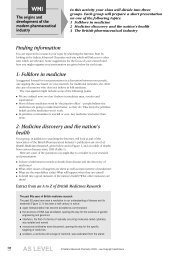
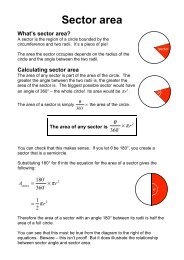
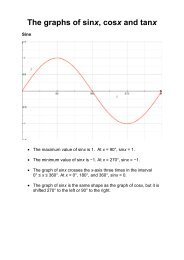
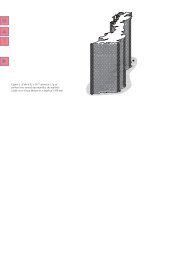

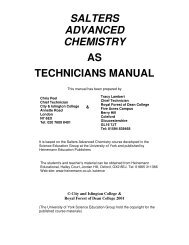



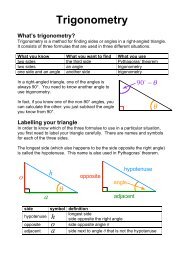
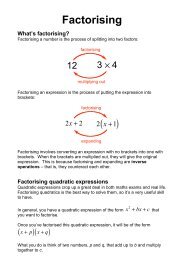
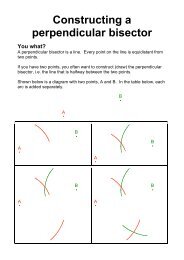

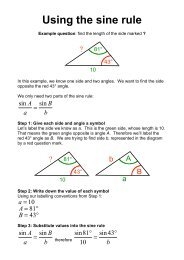
![ISI Web of Knowledge [v.4.10] - All Databases Results - Benjamin-Mills](https://img.yumpu.com/39253071/1/184x260/isi-web-of-knowledge-v410-all-databases-results-benjamin-mills.jpg?quality=85)